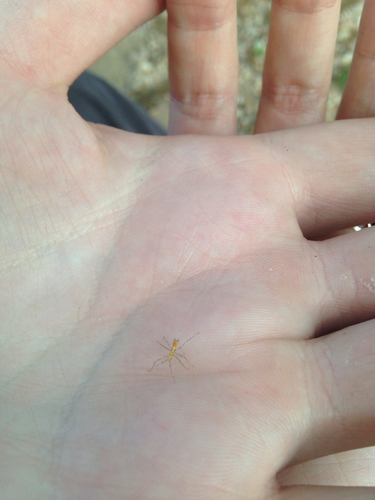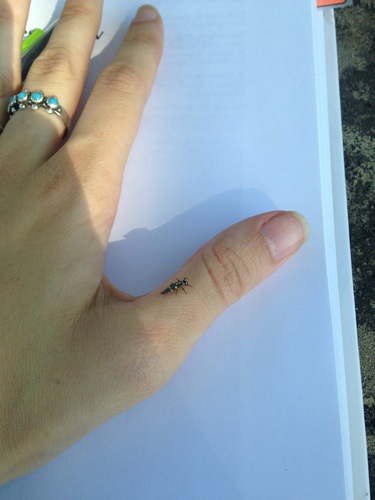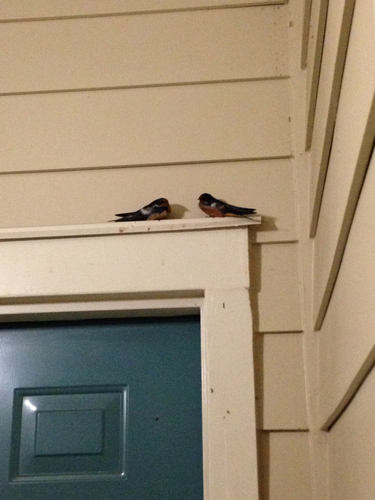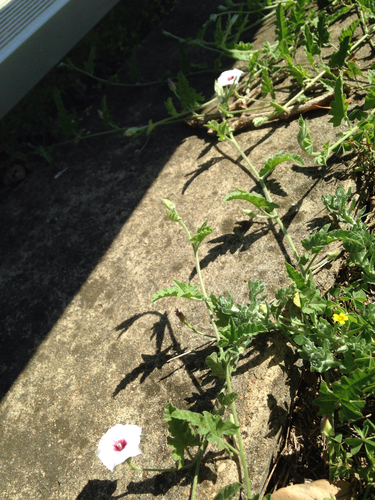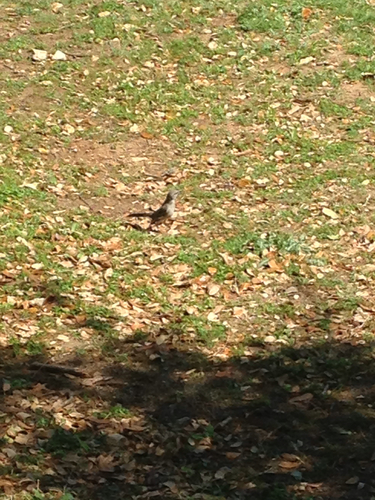
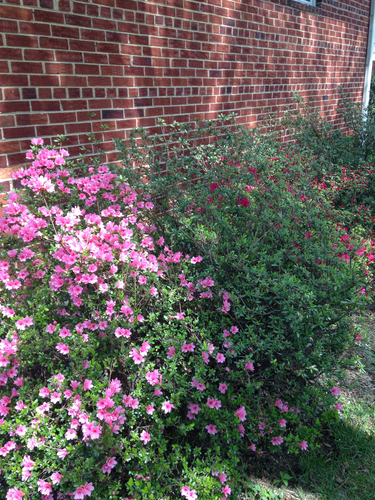
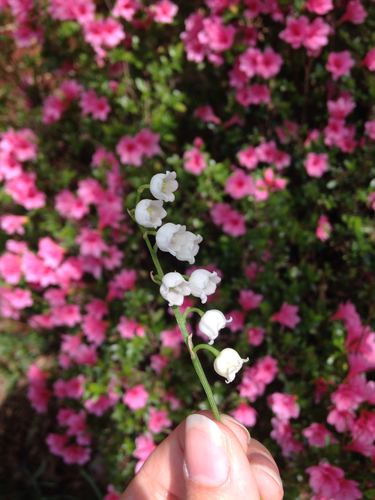
4/16/17
Easter break. Finally home. I thought I would take a picture of these violets, because I’ve never seen these in Texas. They grow all over my backyard, especially covering this hill. Up close they are really quite pretty, but I wanted to take this from this angle to show how common they are. They are fitting for the Easter season. I’m glad they came out because DC had a strange winter/spring transition this year. There was a warm front that caused all the cherry blossoms to bloom about a month and a half early, only to be frozen by freezing rain and snow a week or so later. However, that didn’t stop a lot of flowers from blooming at their regular times even though it did confuse many. I’ve also included a couple of pictures from my mom’s garden. Azalea bushes are quite common where I live, and they are just gorgeous. My mom also planted some Lilly of the Valley. Even though I know these plants were planted on purpose and wouldn’t occur naturally, I still wanted to include them because they aren’t something you see every day in Austin.
iNaturalist: https://www.inaturalist.org/observations/5756904
https://www.inaturalist.org/observations/5676337
https://www.inaturalist.org/observations/5676343
